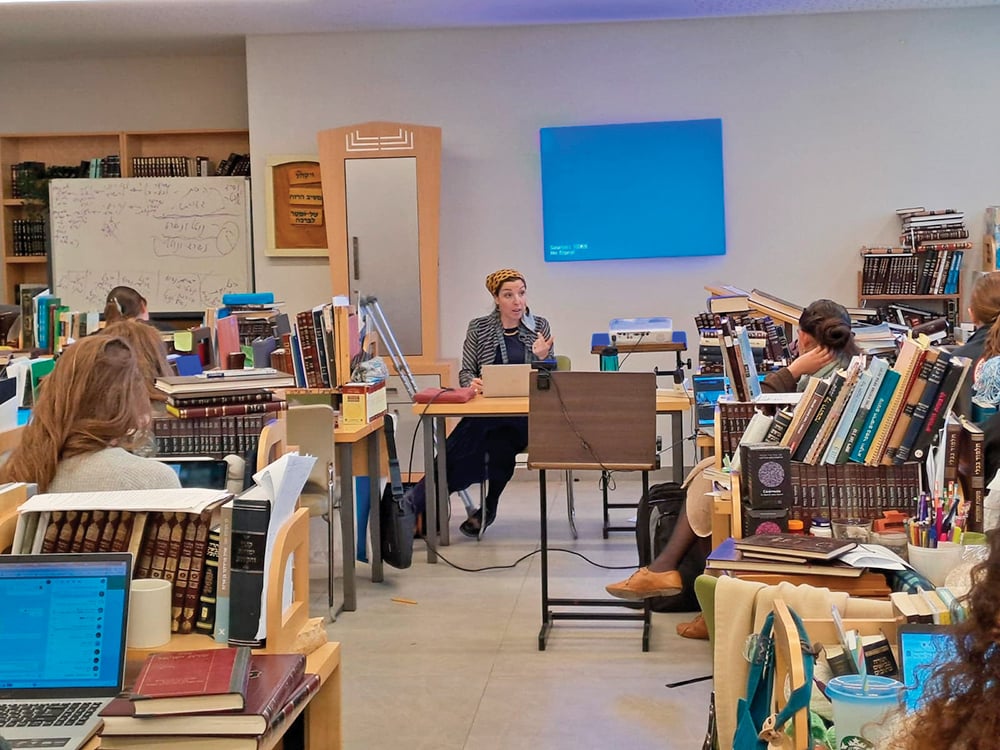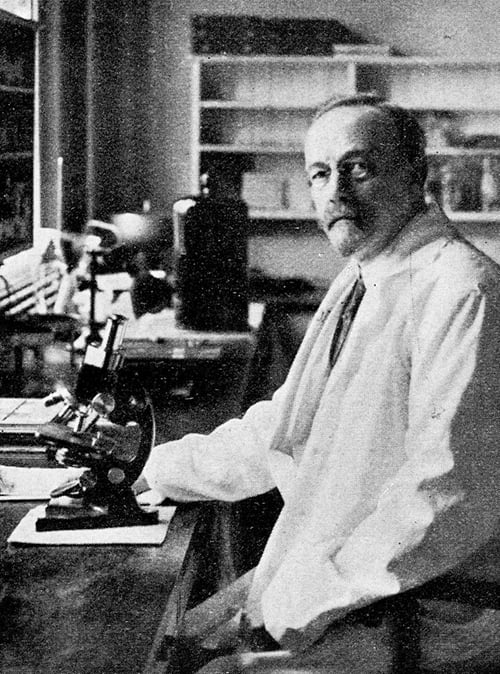
The concern of the overarch shaping behind the ear stems from the human tendency towards patterns. The modern barber and style dictate that the arch over the ear should be a perfect semi-circle. On top of that, those with a hairline arch that comes close to the ear tend not to want hair to touch their ear, so they want the arch to be lifted further from their ear. The problem is that the front half of the arch is still part of the peyot, which must not be cut any shorter than a size half.
At the top are photographs of two brothers who recently had their hair cut. One had the hair over his ear cut off to change the natural arch’s shape, but kept his peyah to the bottom of the bone. The other had his arch cut naturally, but the bottom of his peyot barely stopped at the top of the bone. Both of these haircuts should be avoided.
There are three options for achieving a halachic result: The simplest is instructing the barber not to use the electric trimmer to cut the overhanging hair and outline. Request that the barber use his shears/scissors to cut off the excess hair and maintain the natural hairline. The barber then must be very intentional with every cut of hair, and they will—assuming they follow the customer’s directive—not cut any peyot hair at its root.
A second option requires placing much more trust in your barber. This option is to ask the barber to use their outliner—as they normally would—but they must avoid cutting off any hair at the root. When giving haircuts, Binyamin uses an electric outliner but angles the machine so that the only part of the blades that touch the head remains outside the hairline.
The third and final option is completely effective. If a barber cannot be as precise as the first two options require, they can use a half-guard on their regular clippers/machine. The halacha is not violated even if the barber accidentally pushes the machine’s edge into the hairline. The guard does not allow the blades to come closer than its size—no matter how flat against the head the device is pushed, thereby avoiding transgression.
Above are three diagrams: The bottom two depict what overhanging hair looks like before trimming and the angle the machine or scissors must be to ensure halachic precision. The top left diagram is an illustration of peyot’s location.
The red lines define where it would be undoubtedly prohibited to cut any hairs shorter than a size half or one (depending on hair thickness). If one cuts those hairs more shortly, there is no valid opinion upon whom to rely. The yellow lines are considered mainstream chumrot (stringencies). The top lines define the Chazon Ish’s higher boundaries, and the bottom is the Imrei Yosher’s chumra to extend to the top of the earlobe. The stringencies on the top and bottom are separable (though Rav Schachter follows the Chazon Ish).
Similarly, it is a well-accepted chumra to uphold the Chatam Sofer’s opinion, where one is to keep the hair long enough for the hair’s tip to fold to the root and is about a size 1.5 or 2 (depending on hair thickness). The green lines are additional worthwhile chumrot that are not followed in all Orthodox communities. The Chazon Ish calls the top line a hiddur (enhanced) mitzvah. The bottom line was followed by Rav Aharon Lichtenstein, zt”l.
Rabbi Haim Jachter serves as the rav of Congregation Shaarei Orah, a rebbe at Torah Academy of Bergen County, and a get administrator with the Beth Din of America. His 16 books, including a brand new one on Sefer Devarim, are available on Amazon.












